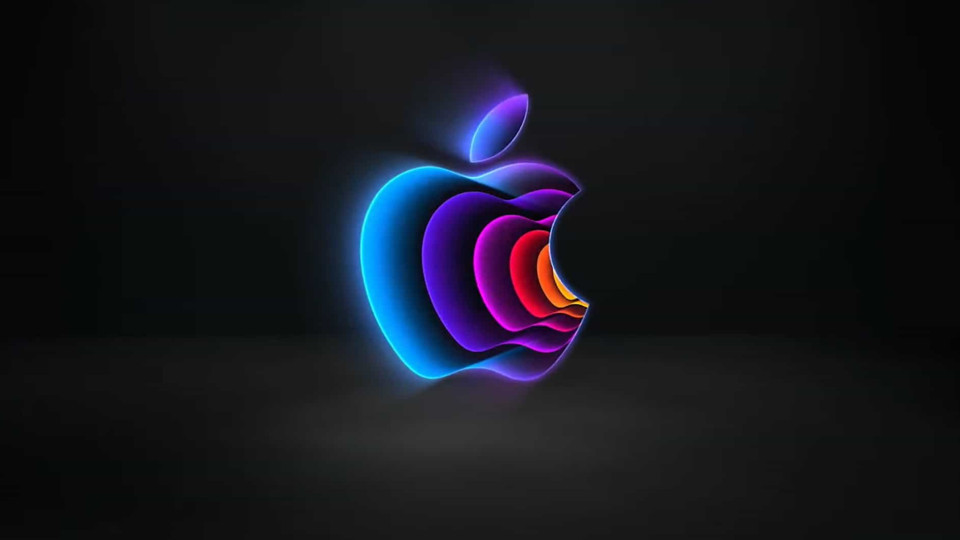Apple Joins AI Icon Race with New Design
Apple has entered the competition to create an AI icon that clearly suggests artificial intelligence to users. This week, Apple revealed its new design, joining Google, OpenAI, Anthropic, Meta, and others in this ongoing challenge.
Apple’s AI icon, representing Apple Intelligence, is a circular shape made up of seven loops. Alternatively, it could be seen as a circle with a lopsided infinity symbol inside. Additionally, “New Siri,” powered by Apple Intelligence, is represented by a phone glowing around the edges. This highlights the difficulty of visually representing AI, which performs numerous tasks yet lacks a defined appearance.
The challenge lies in designing an AI avatar that is non-threatening, abstract, simple, and non-anthropomorphic. Early AI icons often depicted robots, wizard hats, or magic wands, which conveyed limitations or mystery rather than reliability and accuracy.
Corporate logo design is a mix of strong vision, commercial necessity, and compromise. OpenAI’s icon, for example, is a minimalist black dot, while Microsoft’s Copilot logo is more complex and harder to describe.
Many AI icons use pleasant, candy colors such as pink, purple, and turquoise, aiming for a friendly and approachable appearance. These colors suggest openness and potential rather than expertise or efficiency. Four of the icons are soft, never-ending shapes, while Perplexity and Google have sharp edges but still convey a welcoming feel.
The purpose of these designs is to create a positive impression of AI interfaces as friendly and open, rather than emphasizing other qualities like decisiveness or creativity. Companies spend significant time and effort on these designs, indicating their importance.
Despite these efforts, no company has yet created a visual concept that clearly signifies AI to users. Icons for email, settings, and downloads, for example, have clear and recognizable symbols, but AI lacks such a universally understood representation.
AI is still relatively new to consumers, who are asked to use it in place of other, more familiar tools. Companies are reluctant to define AI’s capabilities and limitations, as this would imply that AI has boundaries. They prefer to present AI as theoretically capable of anything.
In the meantime, companies must name and visually represent AI without resorting to an actual face. Apple’s approach involves asking Siri to query Apple Intelligence, which occurs within the Private Cloud Compute, or forwarding the request to ChatGPT. The indication that AI is active comes from swirling colors on the screen.
